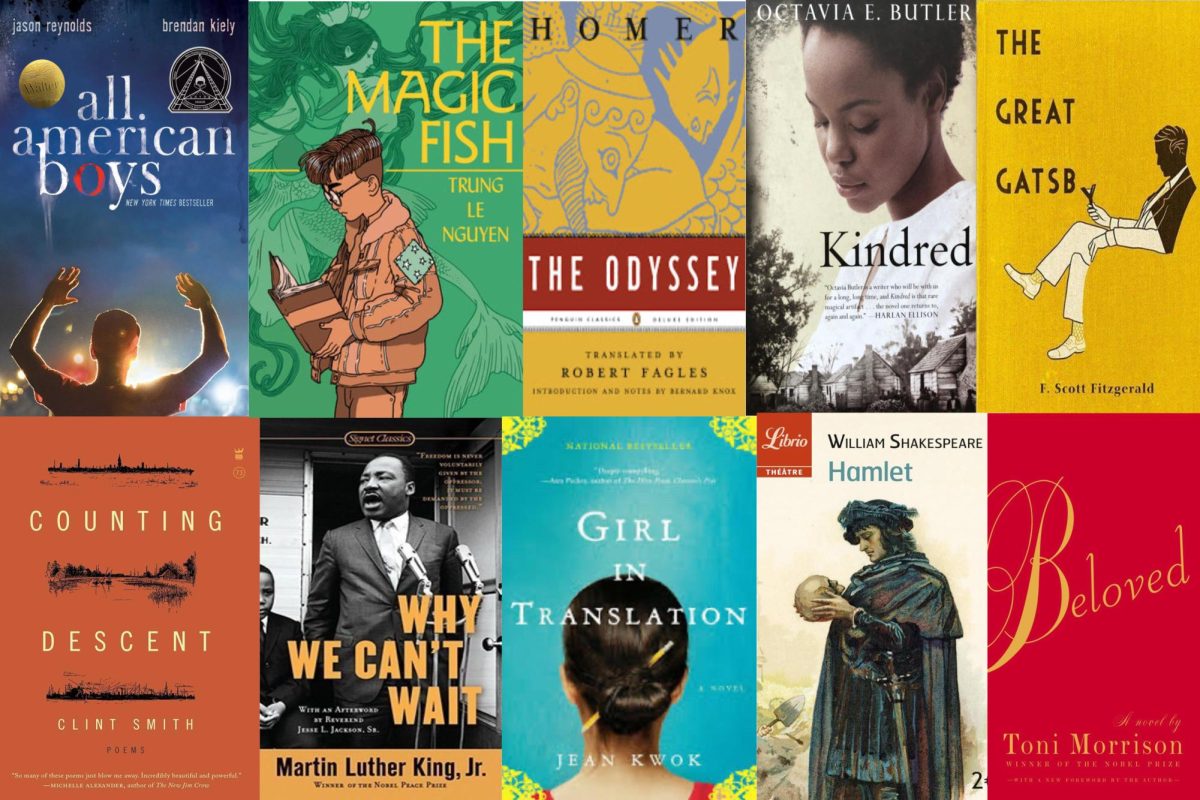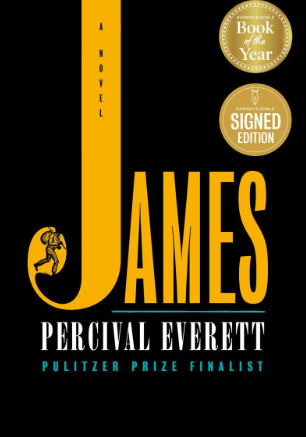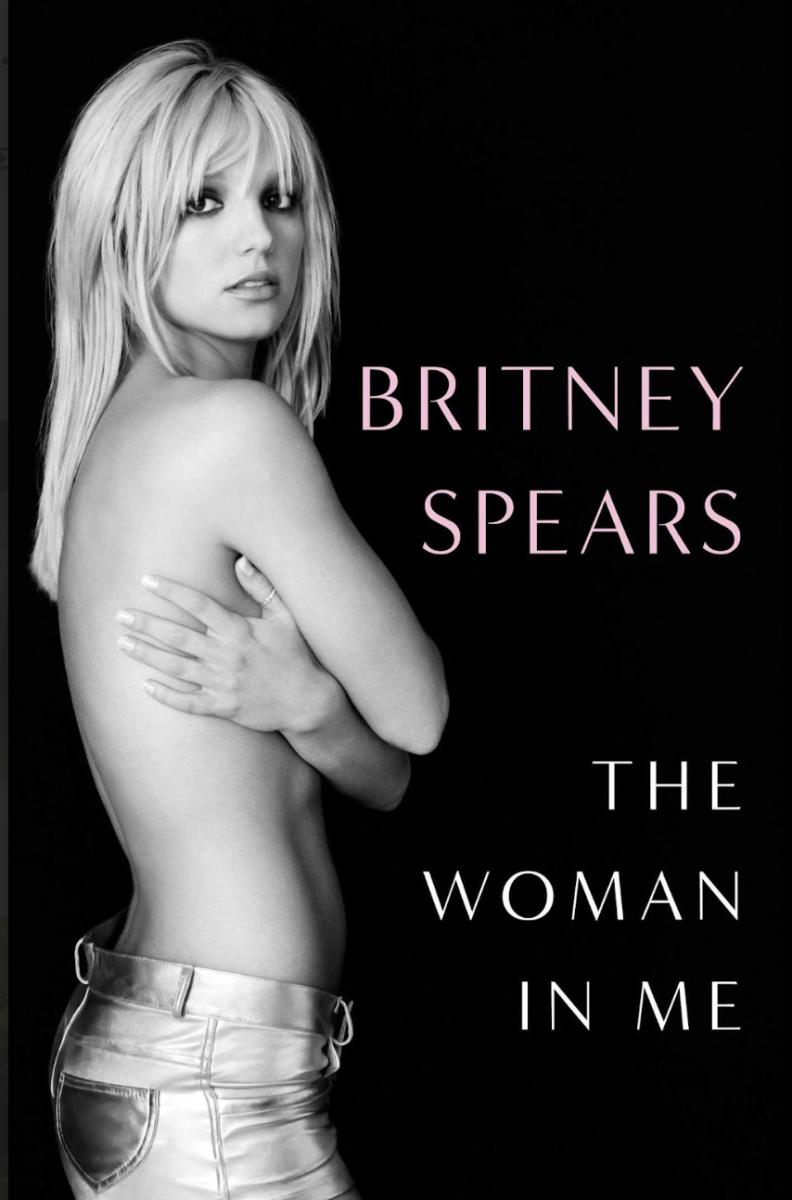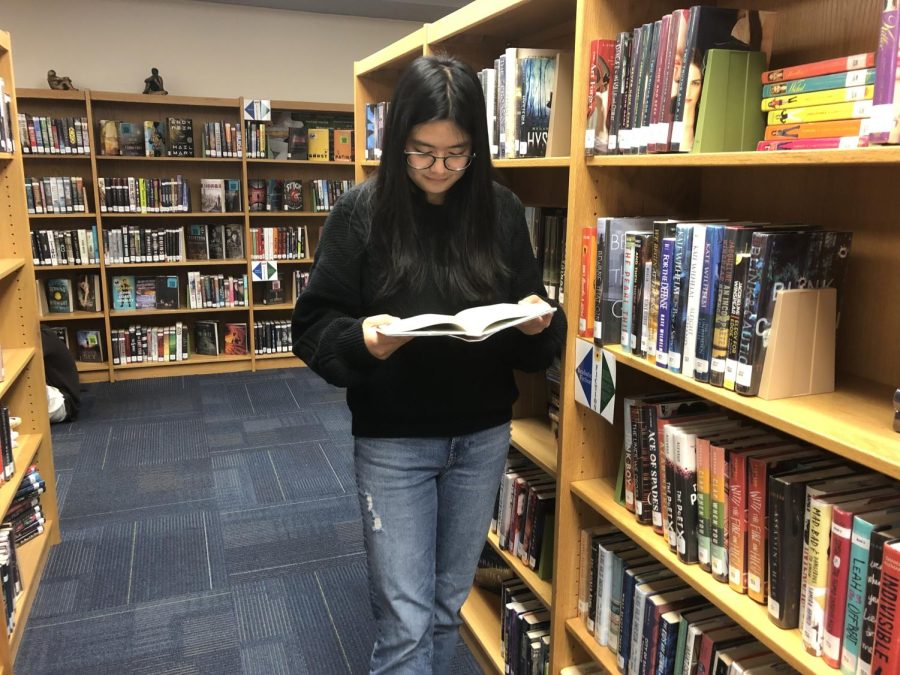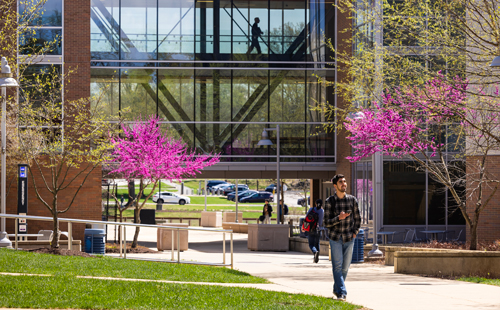It is easy to get caught up in the stress of getting into an “it” school; Dylan Mills can attest to this. He grew up in Castleton where the only question the local parents ask is “What college are you going to attend?” However, he did not have the grades or money to go to an “it” school.
Unlike every other family in Castleton, Mills’s family was not perfect: his parents worked as middle school teachers and had recently gotten a divorce. But the one thing in Mills’s life that was perfect was his girlfriend Rosemary Silversmith. Silversmith was smart, pretty, the best hockey player in their high school and had gotten into an “it” school. But when she decides that they should see other people at the beginning of college, Mills is completely lost.
As Mills enters this new era without Silversmith, he is also far away from Castleton at a college named North-South. North South is infamous for partying and is full of people who are only looking for a good time, but Mills tries to turn over a new leaf. Mills starts studying more and making deep connections with his classmates and professors in an effort to prove himself to Silversmith and to try to win her back.
Throughout Mills’s first year at college, he meets a lot of new people. His best friend Wally was born in prison and never stops smiling. His other friend Jimmy frequently hosts rock concerts in one of the dorms. His professor, Berkowitz, is available twenty-four-seven and even shows up at his student’s homes. These out-of-the-ordinary characters assist Mills in discovering the type of person he wants to be and what he wants in life. As the reader witnesses Mills’ growth as a person, the story becomes more fulfilling to read.
Besides self-discovery, the book also tackles the theme of the idealist life versus happiness. This debate is demonstrated through the relationship between Mills’s parents. The irony of his divorced parents being closer and happier than ever emphasizes how the typically undesired outcome can be the best thing to happen to some people. Additionally, despite Mills not going to an “it” school, he has good friendships with his classmates and he gets to try crazy life experiences including streaking across a football field.
The book did a good job of discussing its themes through the characters and plot. However, the writing lacked figurative language which could have made Mills a more emotionally deep and observant character. Figurative language is a useful technique for most writers as it can help the audience make associations and have a better understanding of the main character’s feelings. At the same time, the more literal writing style of “Party School” leaves no confusion in what Mills is thinking and feeling. For instance, the writer clearly states Mills’ thought process in every situation and how he is feeling.
In addition to not including figurative language, this book is unlike non-fiction books because the book’s chapters are structured as months. Because the book follows Mills’ first six months in college, the author is able to highlight the common experiences that humans feel as the months pass. Some of the months in the book are long and full of events or big life decisions that Mills has to make, while others are more mundane. This gives the book a more realistic feeling for the reader.
Even with the unconventional writing style, this book is engaging and entertaining for all 212 pages. It never skips a chance to add a new and interesting plot twist that the readers are not expecting. Furthermore, what truly makes this book such a delightful read is not just the well-thought-out characters, but the fact that by the end of the book, you will be rooting for Mills.









